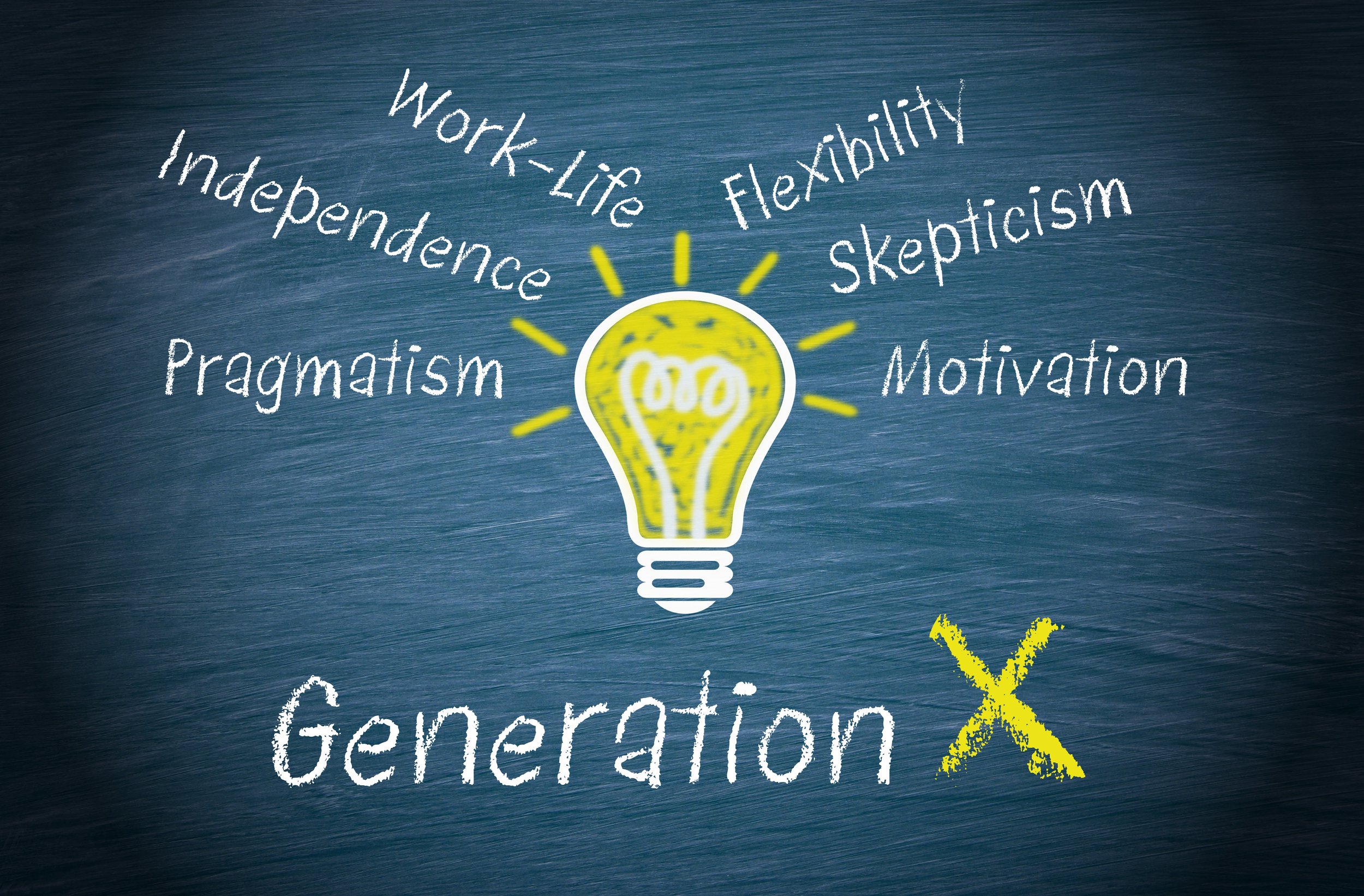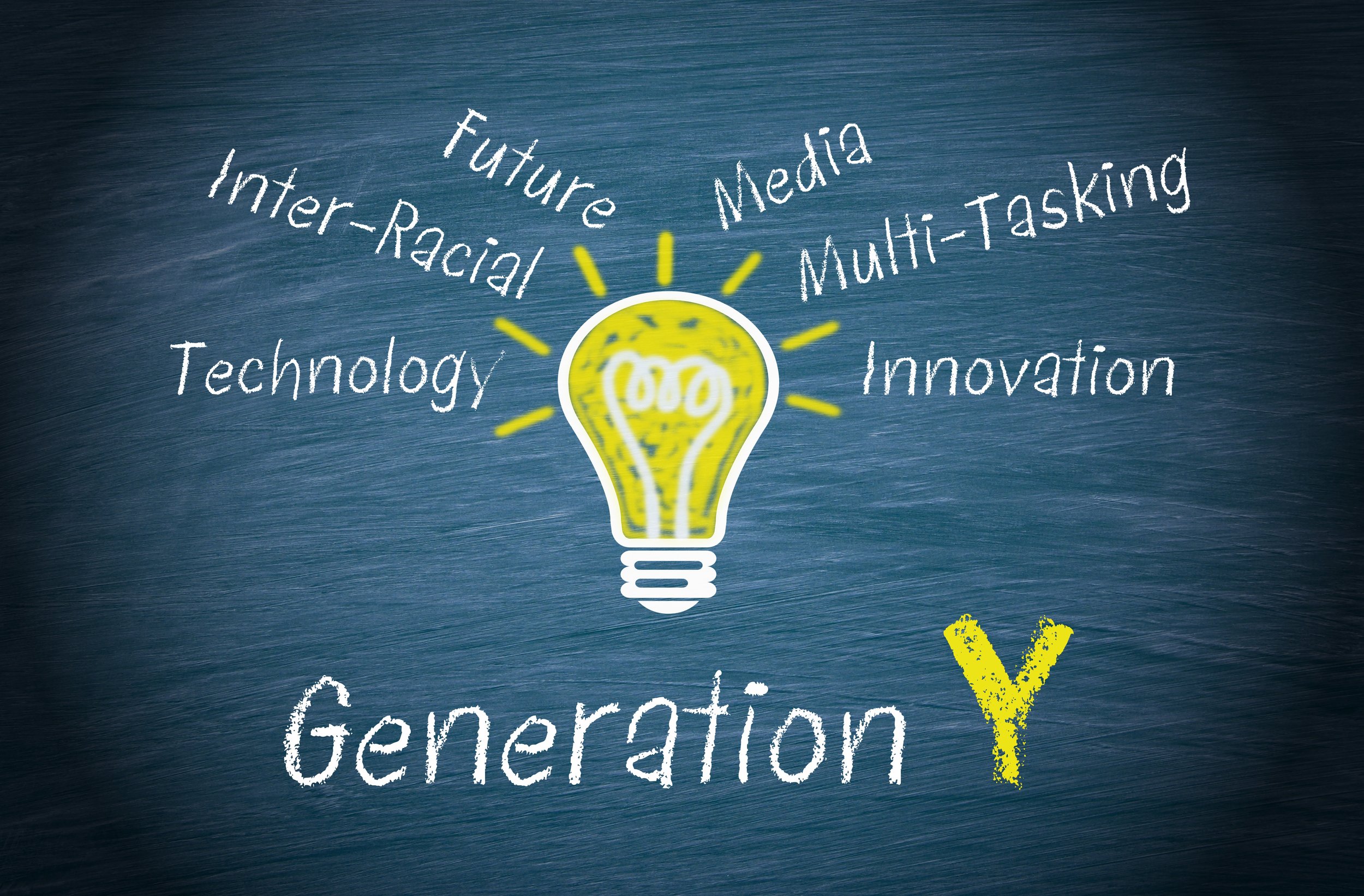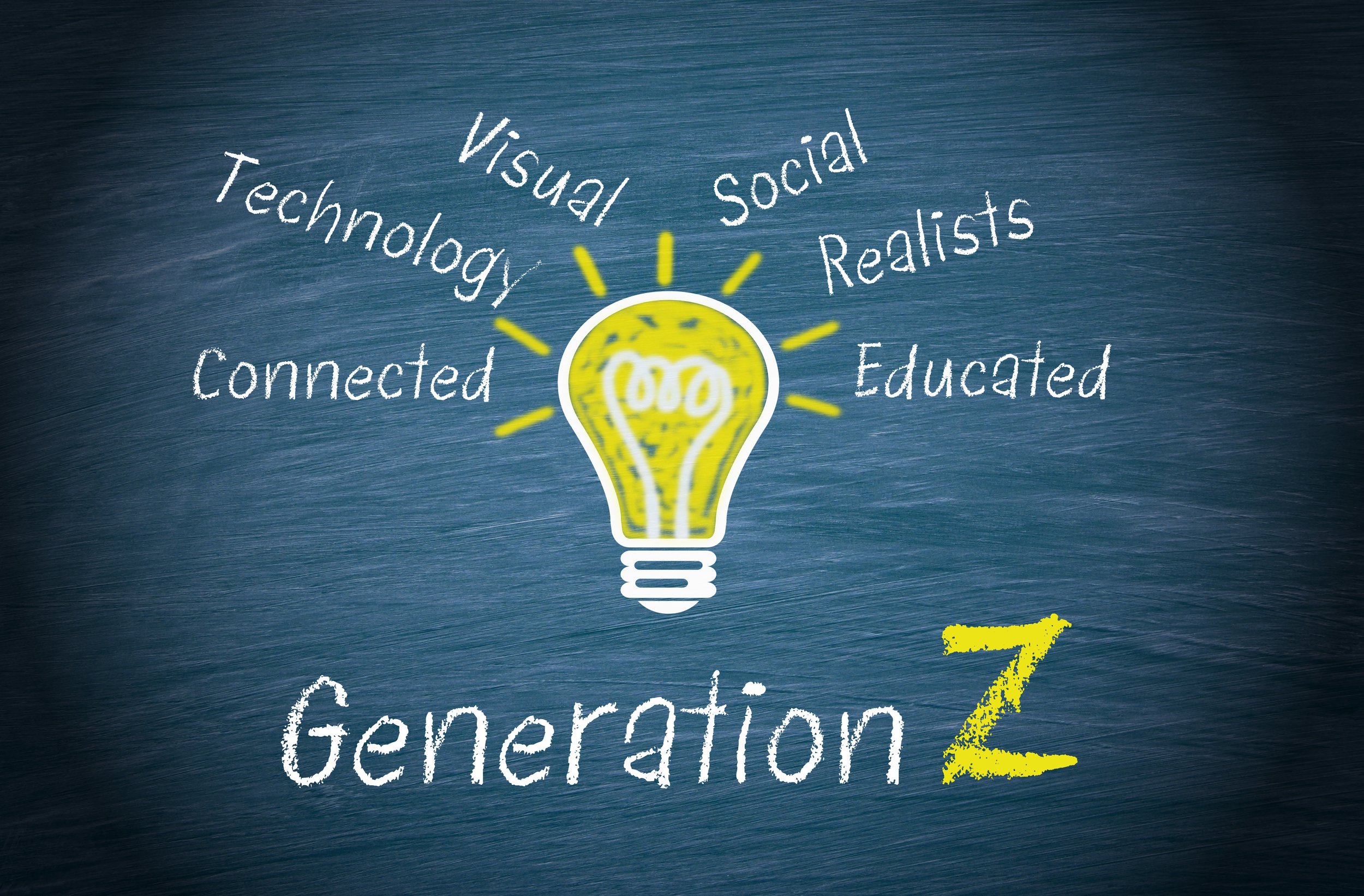How To Engage Younger Generation Of Donors And Why It’s Important
In today's age of philanthropy, there’s a new set of rules produced by the Information Age we’re living in; nonprofits are learning that they need to respond to the younger generation of donors in more social, decentralized, and digital ways.
Traditional methods of engaging donors fail to resonate with younger generations. It is not because those generations are self-serving, although it may seem that way at times.
It is a matter of the message, its delivery, and how they see themselves as part of the solution to a problem. This makes it necessary for a nonprofit to tailor its message to the particular generation they are targeting.
Different Generations, Different Messages
The message for generational segments of today's population is not "one size fits all" by any stretch of the imagination. A look at this very entertaining video will show just how far separated the generations are when a 17-year-old tries to use a rotary phone.
This example of how foreign generational tools have become to the younger generations is also an example of how generational attitudes are different.
For nonprofits, generational messaging will be essential since having only one message form, like a rotary phone, will not compute for all ages.
The chart below gives you an outline of the various generations according to approximate dates.
Generation X
According to the 2023 United States Census, there are about 65 million Gen Xers in the U.S.
This generation has the highest volunteer rate, about 30%, which is the most of any generation. This particular generation values contribution, feedback, recognition, and autonomy. They tend to be very practical, although status-oriented. For these generation Xers, your brand will need to prove its trustworthiness while helping them achieve their needs.
Millennials/Generation Y
The largest generational population in the U.S. as of 2023 are Millennials at just over 72 million. This generation is often characterized by self-exploration and not being fully independent.
Millennials tend to get the bad rap of being entitled and can carry that expectation into adulthood. This group was raised on technology and relies on it with an assumption of immediate response.
Millennials are the most ethnically diverse group and value self-expression, transparency, and the pursuit of lifestyle. They may seem self-absorbed but would actually like to make a difference and affect change.
These supporters respond best to "thinking outside the box" to advance their passions. Millennials may not respond to being asked directly for monetary donations but will set up their own fundraising campaign that involves a wild and crazy way to support their charity.
Generation Z
The Generation Z population in the U.S. numbers about 69 million. Gen Z has been exposed to diverse issues and does not know a world without technology or social media in contrast to Millennials who grew up in relatively stable economic and peaceful social environments.
They have been bombarded with news from around the globe concerning terrorism, climate change and humanitarian difficulties worldwide. Their generation has been one of hyper-awareness.
When appealing to Gen Z's, it is best to keep everything simple and concise. Leverage social media to tell the story of your nonprofit, and remember, that while 26% of this group practices volunteering, their attention span is less than 10 seconds. With Gen Z, it is imperative to make your point immediately.
Three Ways To Engage The Younger Generation Of Donors
Get tech-savvy
There are so many consumer conveniences available, and one-click purchases with Amazon is an example. You can also try your hand at micro-investing with apps like Acorn.
Venmo and Zelle make peer-to-peer payments second nature. The younger generation of donors expects those same types of solutions and experiences when donating to the causes that make a difference to them.
Knowing that the younger generations expect those interactions, nonprofits should build strategies that meet the current digital trends. Getting tech-savvy is not just a good idea, it is essential to survival.
Use creative measures
Mobile-friendly pages are essential to a nonprofit. Mobile devices account for over 60% of all Internet traffic. Around 39% of smartphone owners use their phones to pay at least one bill a month. Additionally, 1 in 4 donors use their phones for Mobile Giving and to discover nonprofits that they had not known about before.
Since 2017, mobile giving donations have increased by 205% with around 25% of donors completing their donations on mobile devices. It is important to know that custom-branded donation pages on a nonprofit's website can help raise 6-times as much money on average!
To appeal to the younger generation, nonprofits can use fresh but familiar ways to donate, like spare change donations. The spare change donation is a micro-recurring giving model that allows your donors to link a card directly to your organization, then automatically round up and donate the spare change from everyday purchases to the nearest dollar.
Gen X, Millennials, and Gen Z prefer longer-term involvement in creating social change without the fixed commitment of a traditional monthly donation. These types of options, like spare change, keep the younger generations engaged.
Meet Them Where They Are
It only makes sense to appeal to the younger generation as they will be directing the future, and nonprofits need to tune into their thought processes. A new study finds that Millennials Value Everyday Social Good Above Cash Donations.
According to the report: "millennials value making purchases from socially conscious firms, investing in funds that support equality and environmental causes and supporting organizations that promote economic or racial justice are gaining traction as "next wave" forms of philanthropy."
For older generations, such as Baby Boomers, being a philanthropist means that you have wealth and privilege and can give to charitable organizations. Younger donors apply the term broadly.
Three-quarters of Millennials consider themselves philanthropists compared to one-third of Baby Boomers who apply that term to themselves. Millennials apply the term broadly to both themselves and others when giving their time or money to make the world a better place.
This difference in thinking should be taken into consideration by a nonprofit. The broad definition of philanthropy among younger donors signals that they feel the act of donating makes them socially conscious.
In contrast, older donors give because they feel connected to the cause or personally impacted by the cause.
Younger generations will not have the same emotional investment that the older generations do, and will not respond in the same manner. That is essential knowledge for a nonprofit when tailoring its message.
Why Is It Important To Engage Younger Generations?
Those people who are part of older generations, like the Baby Boomers, know that the lessons you learn at a young age will stick with you throughout your life.
When nonprofits engage with the younger generations, perhaps starting by offering volunteer opportunities at a young age, the spirit and lessons of philanthropy will stay with that person for life.
The younger generation is enthusiastic about supporting worthy causes. Due to social media and smartphones, each Gen X, Millennial, and Gen Y comes with extensive networks of family and friends. This creates the opportunity for a nonprofit to be able to reach many other potential donors.
Final Thoughts
Each generation has been shaped and molded by the technology, economy and world events which they were born into. They will have different experiences and points of reference than past generations have.
The phrase used earlier, "meet them where they are," expresses the needed approach for nonprofits to use when engaging younger generations of donors. Reach out to them based on their values, needs, and emotions and connect with them in an effective way.
If you'd like to learn more about our Attendance, Peer-to-Peer or Crowdfunding Products, please reach out! We’d love to chat.
Also, if you haven't joined already, we have an exclusive Facebook Group just for our customers! If you are a current FundEasy Customer and would like to join, go here to learn more and request to be added!
Crystal Hoag
This article was inspired by our customers and written to encourage your fundraising efforts. Although we work with nonprofits and events daily, our team members are not Event Consultants. We encourage you to consult with your event consultant, executive team, and/or affiliate organization before making any major changes to your events.










